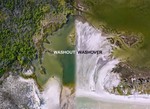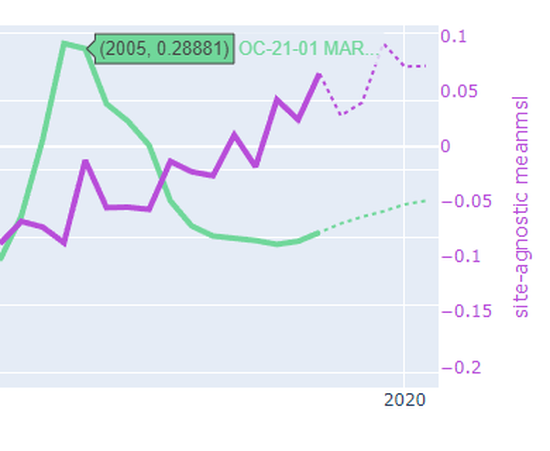PhD Student in the Rodriguez Coastal Geology Lab
UNC Chapel Hill Earth, Marine, and Environmental Sciences
About me
I am PhD Candidate in the Rodriguez Lab as part of the Earth, Marine, and Environmental Sciences department at the University of North Carolina at Chapel Hill. My research explores changes in the earth’s surface over timescales we can observe in our own lives; days to years. By tracking the origin and fate of sediments carried by rivers, tides, and storms, I aim to explain why saltmarshes, barrier islands, and oyster reefs reside where they do. I enjoy linking datasets across spatial scales — from 10 centimeter wide sediment cores up to 100 kilometer wide satelite images — to help answer these questions. I collaborate with colleagues who use these data to forecast which systems seem stable and which are at risk. If all of that sounds like a lot, just know I make pretty figures.
Beyond research, you might find me flying a drone, running or backpacking, cooking with others, or teaching hands-on science.
Interests
- Landscape change in the Anthropocene
- Remote Sensing
- Scientific communication and education
Education
PhD Student, 2020-
UNC Chapel Hill
BSc in Geology and Environmental Sciences, 2018
The College of William and Mary
Summer Coursework in Entrepreneurship, 2015
Washington University in St. Louis

























